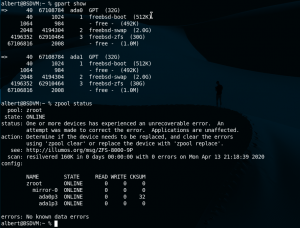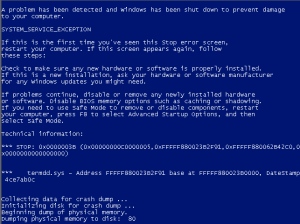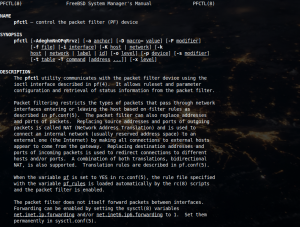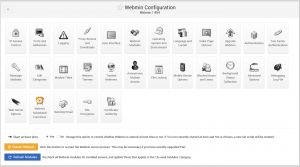This article is not going to be a long, detailed, specialized how to. I just wanted to share the ease and the fantastic quality of ZFS for a dead simple need I had. A spare box with a spare disk doing nothing could be repurposed as a file share box at home. Mirroring the two […]

How to mirror disks on FreeBSD’s ZFS

Exploiting CVE-2019-0708 Remote Desktop Protocol on Windows
The CVE-2019-0708 is the number assigned to a very dangerous vulnerability found in the RDP protocol in Windows sytems. This is also known as the ‘Blue Keep’ vulnerability. The issue was so critical that Microsoft did even release patches to unsupported operating systems such as Windows XP or Server 2003. To this day there are […]

How to configure the PF firewall on FreeBSD
There are three firewall options on FreeBSD. The in-house built IPFW, the ‘old’ IPF (known as IP Filter) and PF ported from OpenBSD. PF is a very popular piece of software which was originally sparked from an issue on the IPF license that prevented making changes publicly available, which the OpenBSD did all the time. […]

How to install Webmin on FreeBSD 12
Webmin is a fantastic tool for those willing to administer UNIX or unix-like systems through a GUI interface. While the CLI interface lets any user to interact with these kind of systems to the very core and extract all the juice, there are tasks where the graphical interface makes sense and its visual and quick […]

Lynis or how to quickly audit your system’s security configuration
A colleague of mine pointed me out to Lynis, a system’s configuration audit tool which checks the hardening of any running UNIX or UNIX-like system, including the BSDs. This tool has a built in check list and a set of sane and safe configurations and compares them to the target system. As output we find […]

VMWare ESXi (One)
The VMWare ESXi is a hypervisor developed by the VMWare company and it is widely known and used in many environments and enterprises of all sorts. Nowadays it is the main component of a sort of a software suite. It is a type one hypervisor which means it runs directly on to the hardware controlling […]

How to install RKHunter on FreeBSD
In this post you will find simple instructions to install rkhunter on FreeBSD which is a root kit “hunter” so your system/s will have some security in place for that kind of unwanted software. But for those who do not know what a rootkit is, let’s give it a simple definition (which you can get […]

How to secure FreeBSD (server minimal edition)
This is a very simple and easy to follow guide on securely administer your FreeBSD server. That said I am not a security expert although I’ve gained some knowledge as time goes by. Not pretending to be the definitive guide this article is an introduction on how to secure FreeBSD in which I will tackle […]

What is GNU/Linux?
To answer this question one must split it. Plus make other questions like: «What is a, so called, Linux distro?». It seems complex and it is in a way. But let´s explain GNU/Linux in simple terms. GNU stands for GNU is Not UNIX. So it´s clear is not UNIX but it´s related to it in […]

Networking Dictionary
This is an attempt to collect all the necessary basic vocabulary to have a very basic basic understanding of networking. Because context is also needed, some concepts or historical references will be also shown. This dictionary is an informal one, for a better, accurate, more correct and in depth understanding look somewhere else, like the […]
